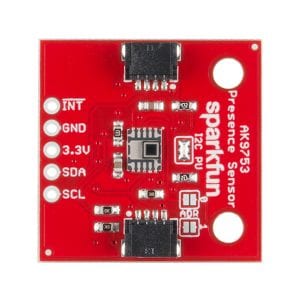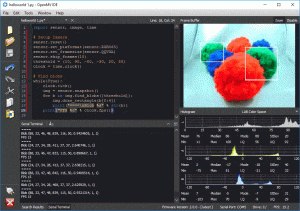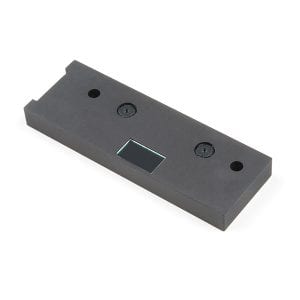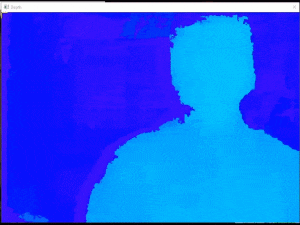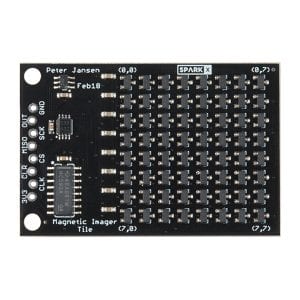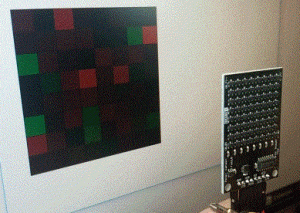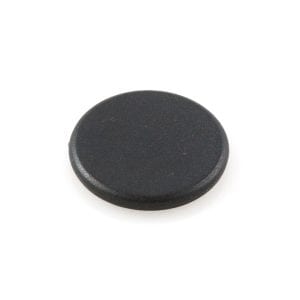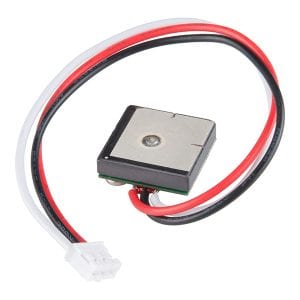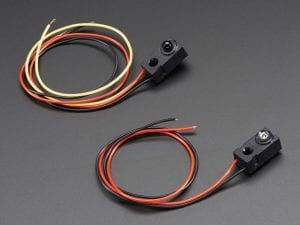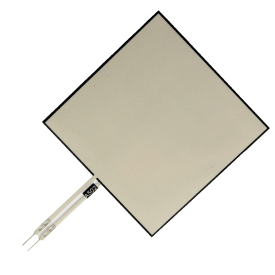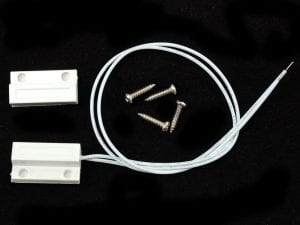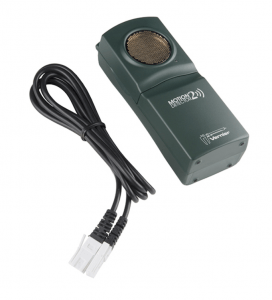Each channel within the sensor has a different field of view, so not only can it detect a human, but it can also tell which direction the person is moving.
Technical Description
The onboard AK9753(sensor name) is a digital sensor giving you a 16-bit digital value over I2C. Each of the four sensors outputs the IR current in pico-amps. A PIR reading can vary from roughly -200 (no human present) to 1500 when a human is detected standing in front of a given channel, but it varies due to environmental factors and other heat sources in view.
Limitations/Features
- Voltage: 1.7V to 3.3V
- Extremely low current: 100µA
Skill
3- Competent
Links
https://github.com/sparkfun/Qwiic_Human_Presence_Sensor_Breakout_AK9753
https://www.sparkfun.com/products/14349
Examples
https://github.com/sparkfun/SparkFun_AK975x_Arduino_Library/tree/master/examples
